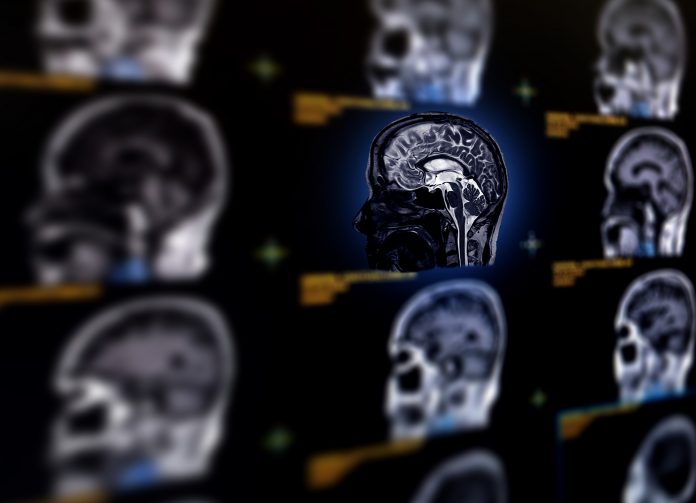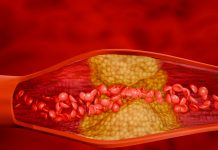Prof Monica Di Luca, President, European Brain Council, sheds light on brain conditions, mental and neurological alike, starting with comment on the burdens presented
Brain conditions, mental and neurological alike, account for a large burden on the European population. In 2017, 307.9 million neurological disease diagnoses alone were counted in the EU28 countries — 540.3 million neurological diseases in the WHO European region. Across Europe, neurological disorders alone accounted for an estimated 21% of all deaths. (1) Additionally, psychiatric conditions such as depression, anxiety disorders and alcohol and drug use disorders, affect more than one in six people across the European Union in any given year. (2) It was estimated conservatively that every year, 27% of the total adult EU population are affected by a mental disorder, amounting to over 82.7 million affected persons. (3)
Despite this high prevalence, numerous conditions of the brain are shrouded in mystery and remain without disease-modifying treatments or cures. Compared to other disease areas, the pace of innovation in this field has traditionally been hindered by multiple factors, starting with the complexity of the brain itself.
Investing in the brain
Continued research and development in the brain space are crucial. Despite considerable advances in basic neuroscience, the complete understanding of brain functions and the mechanisms behind brain disorders remains a future perspective, mainly due to the complexity of the system itself. As a consequence, a large number of brain conditions remain without a disease-modifying therapy or cure and both fundamental and translational research is still highly needed. Furthermore, failure rates in drug development are higher in neuroscience than in other areas and new treatments take, on average, longer to reach the market than in other disease areas.
Understanding the brain, how to prevent brain ill-health and how to treat and cure brain diseases, mental and neurological, are the only solutions to help society cope. Prevention begins by raising awareness, developing resources and providing proper support, but concrete solutions can only be attained through well-supported and well-coordinated research efforts.
We need to change the pace: we need to innovate, remaining conscious that in brain science, innovation must be considered as a broad and inclusive concept: from novel approaches and ideas of brain researchers to translational research, to novel policy recommendations. To shift momentum, innovation in the brain needs to open to all possible prospects and through a multi-stakeholder approach.
Together for a cure
Major developments in non-communicable diseases have demonstrated the immense benefits to be gained from a dynamic collaboration between all stakeholders committed to progress, encompassing patient organisations, academics, scientists, medical experts and industry.
Discoveries and advances in basic neuroscience are the prerequisites for describing the normal functioning of the nervous system and improving our understanding of the aetiology and pathophysiology of brain disorders. Researchers play a key role yet without patient engagement, public and policymaker support, pharmaceutical R&D, entrepreneurial inventions, and more, the brain space remains stagnant and fragmented. Without these key players working together, no progress can be made. Enhanced multi-stakeholder engagement in the brain ecosystem is needed to foster dialogue, exchange knowledge, accelerate investment in research and innovation and facilitate treatment and cure development.
The EU-funded European Brain Research Area (EBRA) project (4), coordinated by the European Brain Council in partnership with the Human Brain Project, ERA-NET NEURON and the EU Joint Programme on Neurodegenerative Disease Research (JPND) is a prime example of the European Commission’s vision for improved facilitation of research across Europe. The project in itself was designed as a catalysing initiative for brain research stakeholders to streamline and better coordinate brain research across Europe while fostering global initiatives.
Patient organisations are continuously mobilising for better awareness and calls for inclusion. EU-funded projects like MULTI-ACT (5) exist to create pathways for responsible research for and with the patients the research ultimately impacts. Collaboration in the field of brain disorders is less prevalent than in other fields such as oncology – for example, public-private partnerships, which bring together top academic institutions and the pharmaceutical industry, are still relatively underdeveloped. (6)
The brain community has many examples of successful collaborations and more continue to exist. Through projects like the above, community-building activities such as the Brain Innovation Days (7) and continued policy work, improved solutions are in sight. Ongoing work in the field of innovation and demonstrating the value of innovation are currently underway to help create an enabling environment to foster investment in innovation in brain disorders in Europe and propose concrete avenues to remove existing barriers.
Brain policy
European Institutions can play a key role in the improvement of key policies in health and research. A long-term research ecosystem that helps support interdisciplinary networks, cross-border initiatives, health data infrastructures, robust collaboration, medical education and regulatory flexibility is necessary. In order to tackle our major health challenges, we need to develop a coordinated and strategic approach to plan (brain) health research, linked to the need of wider health and research policy.
To reduce the societal impact of neurological disorders and mental ill-health, European authorities must devise and implement a plan to tackle brain health in an integrated and comprehensive manner in cooperation with all EU Member States. Acknowledgement of urgency and prioritisation are needed to make sure that brain disorders remain high on the health policy agenda at the country level and globally.
References
(1) The Lancet Public Health, VOLUME 5, ISSUE 10, E551-E567, OCTOBER 01, 2020, The burden of neurological diseases in Europe: an analysis for the Global Burden of Disease Study 2017; Deuschl, G, et al. https://doi.org/10.1016/S2468-2667(20)30190-0
(2) OECD/European Union (2018), Health at a Glance: Europe 2018: State of Health in the EU Cycle, OECD Publishing, Paris/European Union, Brussels, https://doi.org/10.1787/health_glance_eur-2018-en
(3) Wittchen HU, Jacobi F, Rehm J, Gustavsson A, Svensson M, Jönsson B, Olesen J, Allgulander C, Alonso J, Faravelli C, Fratiglioni L, Jennum P, Lieb R, Maercker A, van Os J, Preisig M, Salvador-Carulla L, Simon R, Steinhausen HC. The size and burden of mental disorders and other disorders of the brain in Europe 2010. Eur Neuropsychopharmacol. 2011 Sep;21(9):655-79. doi: 10.1016/j.euroneuro.2011.07.018. PMID: 21896369.
(4) European Brain Research Area, https://www.ebra.eu
(5) MULTI-ACT, http://www.multiact.eu
(6) Phillips AG, Hongaard-Andersen P, Moscicki RA, Sahakian B, Quiron R, Krishnan KR, Race T. (2014) Proceedings of the 2013 CINP Summit: innovative partnerships to accelerate CNS drug discovery for improved patient care. Int J Neuropsychopharmacol. 18(3). pii: pyu100. doi: 10.1093/ijnp/pyu100.
(7) https://www.braininnovationdays.eu
“The EBRA project has received funding from the European Union’s Horizon 2020 research and innovation programme under grant agreement No 825348”








